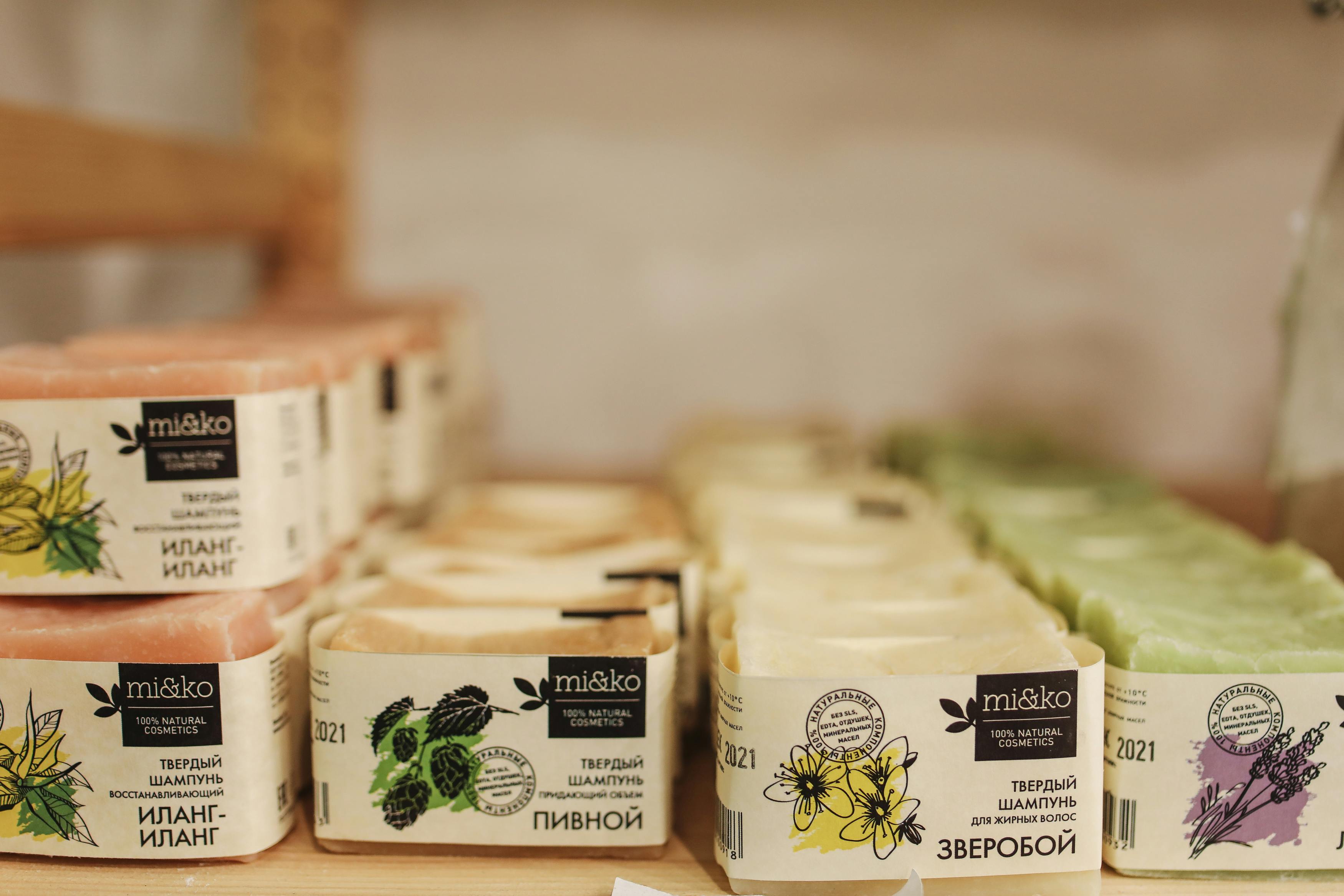
Indian maritime glory
Standing on a beach and trying to look as far away as possible through the gigantic rising and falling tides of the sea, a startling question that arises in one’s mind is: what and how would the sea have felt? Man before the idea of undertaking His first sea voyage! “Is there any means that can make such a brave and dangerous journey possible?” he would have thought. What kind of people were those who not only undertook such voyages, but also excelled in maritime trade and war?!
The Vedic records are proof of the fact that the Indian or Bharatiya maritime trade and its history date back to the 3rd or 4th millennium BCE. C., when Indian maritime trade spread to lands as far away as Mesopotamia, the Far East, and the land we now call Arabia. LOTHAL, an Indus Valley site, is known to be the world’s oldest man-made pier; these people had painstakingly studied the effects of tidal waves on baked bricks; LOTHAL’s trapezoidal structure proves this fact. The people of the Indus Valley had developed the necessary skills and experience in related fields such as tidal wave study, hydrography, maritime engineering, etc. The Rig Veda mentions boats with 100 oars, boats with side wings (then called PLAVA) and boats with MATSYA YANTRA. The PLAVA stabilized the boat when there was a storm, while the MATSYA YANTRA was used as a kind of navigational compass; the MATSYA YANTRA was the forerunner of the modern sailor’s compass! In the MAHABHARATA, we find mention of a MATSYA YANTRA in which the eye of the fish always pointed to the North! Alexander’s army returned to Mesopotamia on ships built in Sindh. Apart from these, the available records also show that Chandragupta Maurya, the founder of the Mauryan Empire, had a separate Admiralty Division under the command of the superintendent of ships.
The description of high profile Indian maritime history would remain incomplete without mention of the achievements of the KALINGAS, the CHOLAS and later the MARATHAS under Shivaji. The KALINGA expedition (5 -10 AD) included victories over West JAVA, SUMATRA AND MALAYA. The ships and ships of the KALINGA kings were used to trade with them and also with China — the average daily trade was 200 mounds/8 tons of gold!
In the south, the CHOLA kings of the great CHOLA Dynasty (AD 904-1042) had won lands such as Burma, Sumatra, Sri Lanka and Malaya through maritime warfare. The technical excellence of the BHARATIYA/Indian warships of this period could be easily ascertained by the fact that the ships not only had multiple compartments, but also did not drain even if any of the compartments were damaged, a technology that the ¡ Europeans were completely ignorant at that time!
In the 17th century, during the Maratha reign, Chhatrapati Shivaji Maharaj created his own fleet, commanded by great admirals like Kanhoji Angre. Under the admiralty of Kanhoji Angre, the Maratha fleet was a major force to be reckoned with; it effectively kept out the Portuguese and other foreign fleets and also kept pirates off its shores.
Besides these, the SATAWAHANAS, the kings of the GUPTA AGE, the VIJAYANAAGR EMPIRE, etc. they developed many ports during his reign and expanded their trade with various countries. The VIJAYANAAGR EMPIRE established links with Southeast Asia, the CHERAS with the ports of Arab, and the PANDYAS with Rome and Egypt in the West to China in the East. The PANDYAS produced some of the finest pearls of those times.
One might wonder what is the purpose of presenting these facts and figures here. I have indicated this in the first paragraph itself. However, it is worth considering the following points in this regard:
1. The glory and excellence achieved by the Indus Valley and the Vedic people did not come suddenly. It must have taken hundreds and thousands of years to achieve that. So let’s ask ourselves (Indians/Bhartiyas) when, why and how did we forget our knowledge, wisdom and true nature?
2. Let us also reflect on what, how and when those conditions and situations that led to our gradual decline developed!
3. Last but not least, what can we as Indians do to bring or raise our glory back to its zenith?





